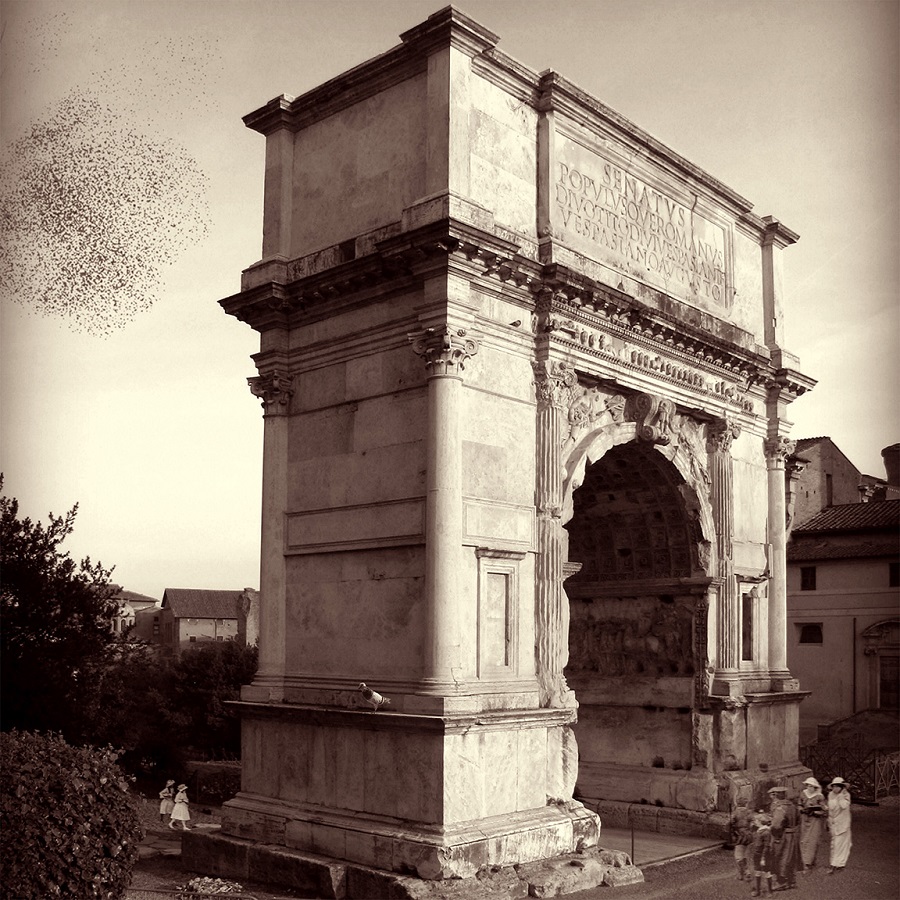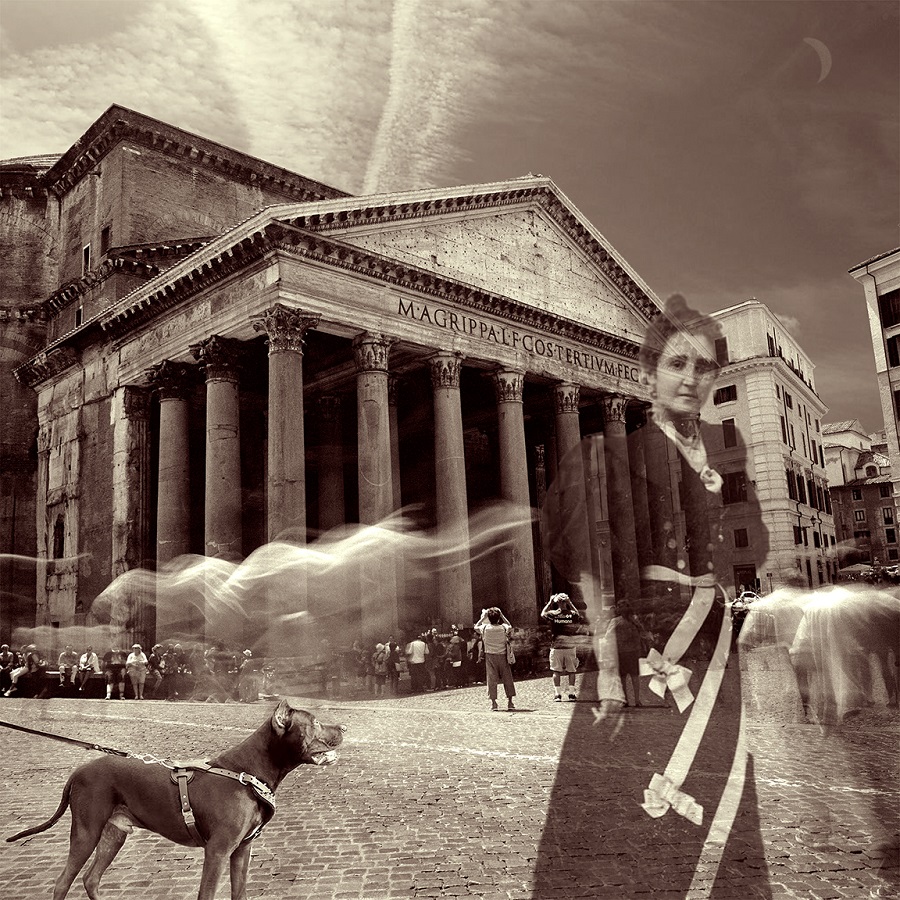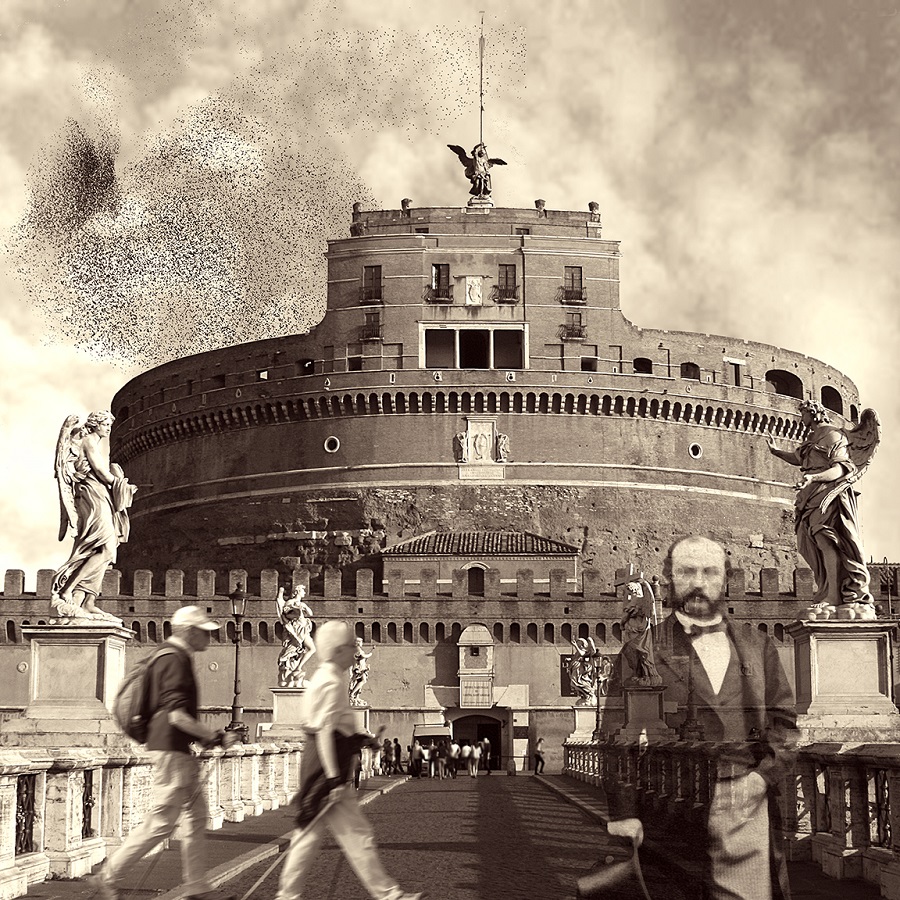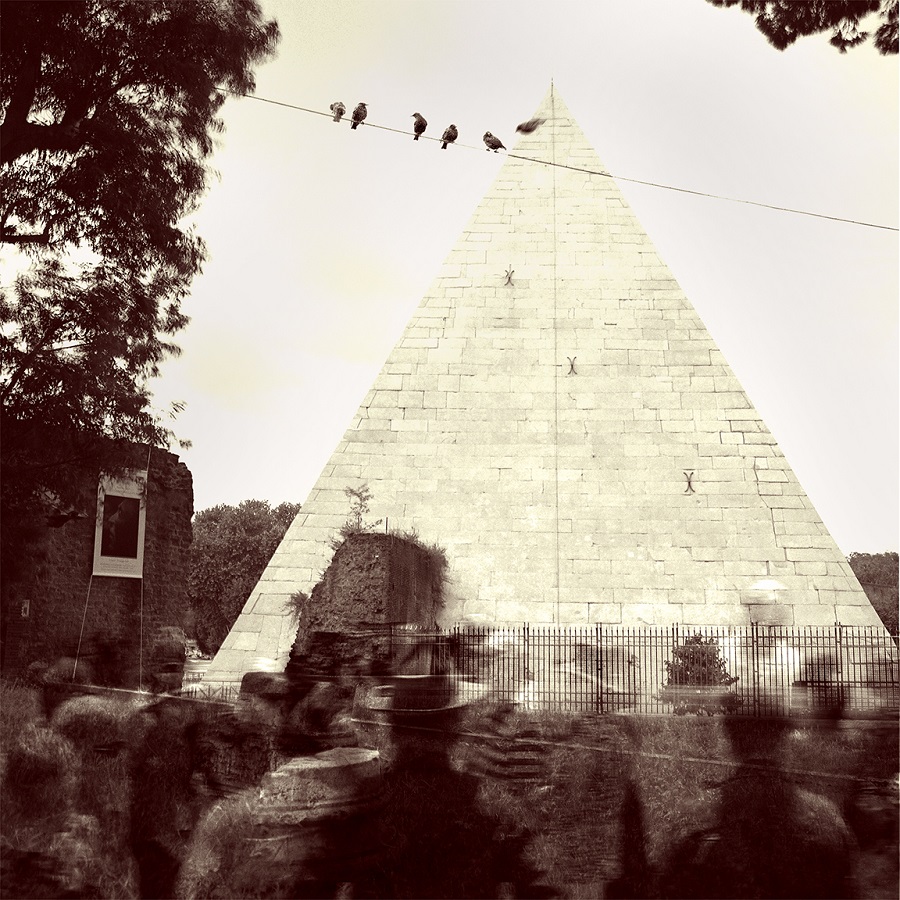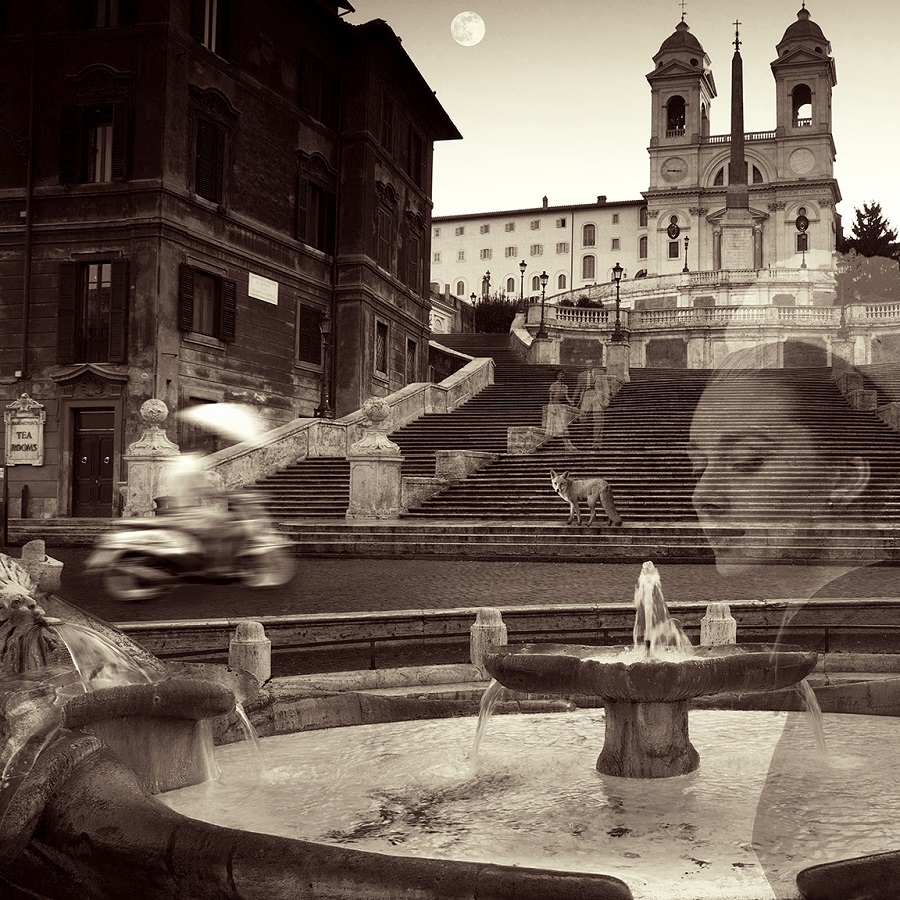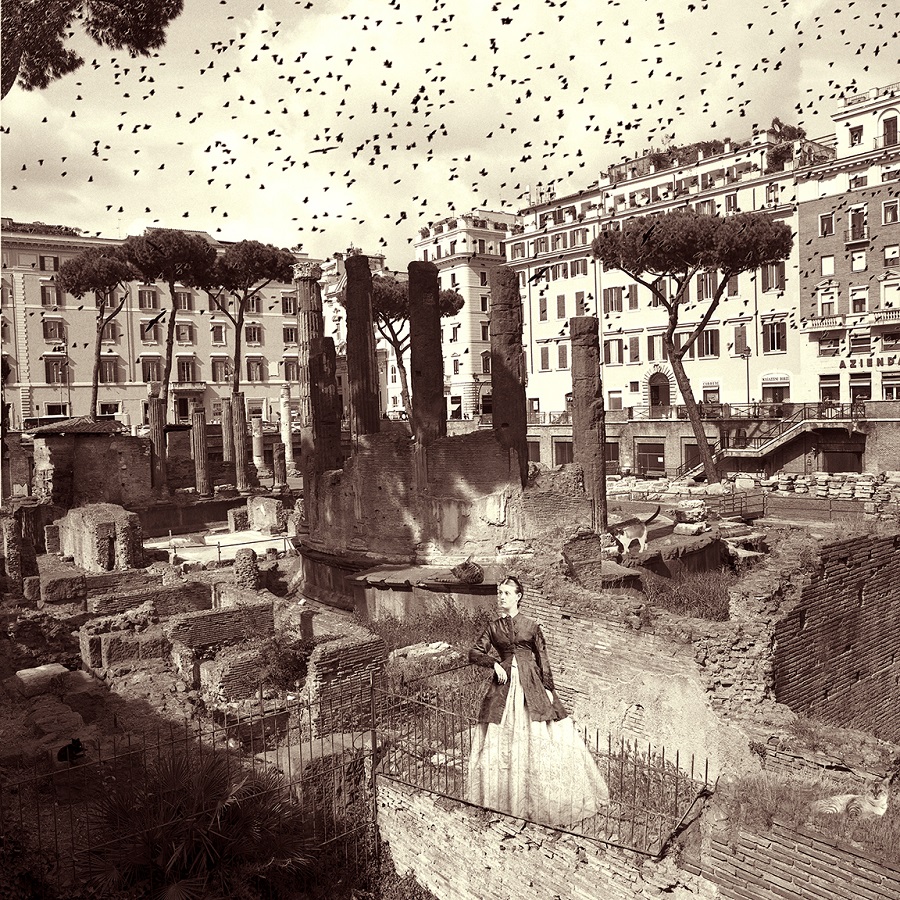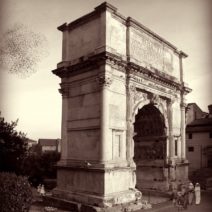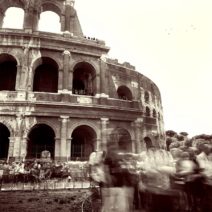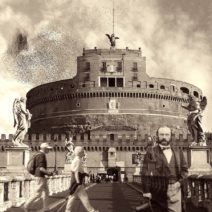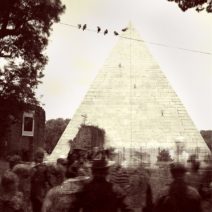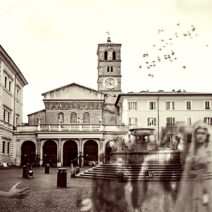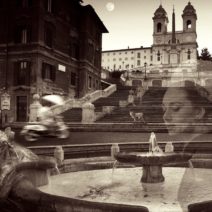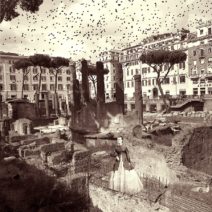1. Arch of Titus – film photography on archival paper; 13 x 19 in. (image size 9.75 x 9.75 in.)
2. Colosseum – film photography on archival paper; 13 x 19 in. (image size 9.75 x 9.75 in.)
3. Pantheon – film photography on archival paper; 13 x 19 in. (image size 9.75 x 9.75 in.)
4. Castel Sant Angelo – film photography on archival paper; 13 x 19 in. (image size 9.75 x 9.75 in.)
5. Pyramid of Cestus – film photography on archival paper; 13 x 19 in. (image size 9.75 x 9.75 in.)
6. Santa Maria di Trastevere – film photography on archival paper; 13 x 19 in. (image size 9.75 x 9.75 in.)
7. Spanish Steps – film photography on archival paper; 13 x 19 in. (image size 9.75 x 9.75 in.)
8. Largo Argentina – film photography on archival paper; 13 x 19 in. (image size 9.75 x 9.75 in.)
Liese A Ricketts
The Watchers Series
As far back as 62 BC, Rome possessed over one million denizens, though the habitable area of the city was quite small. For millennia her compact overpopulation has existed and, as a consequence, Romans are hardwired to live in close proximity with one another. Inspired reading the history of this megalopolis, I have made images of old Roman edifices and sites, sometimes in fragments, deluged by the everflow of humanity.
The quantity of milling humans from all over the world even now is not strange to these ancient stones, an anonymous public repeatedly eddying about them. As spectators, silent observers, stoic witnesses, these structures remain mum to impenetrable histories, to generation upon generation of beings, rushing, stirring about, as water runs in a river, always moving, never the same, always the same.
© Liese A Ricketts



